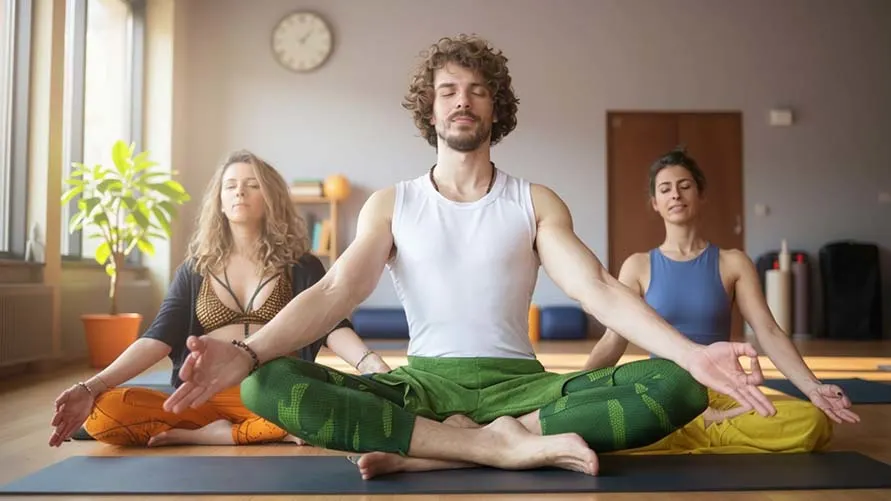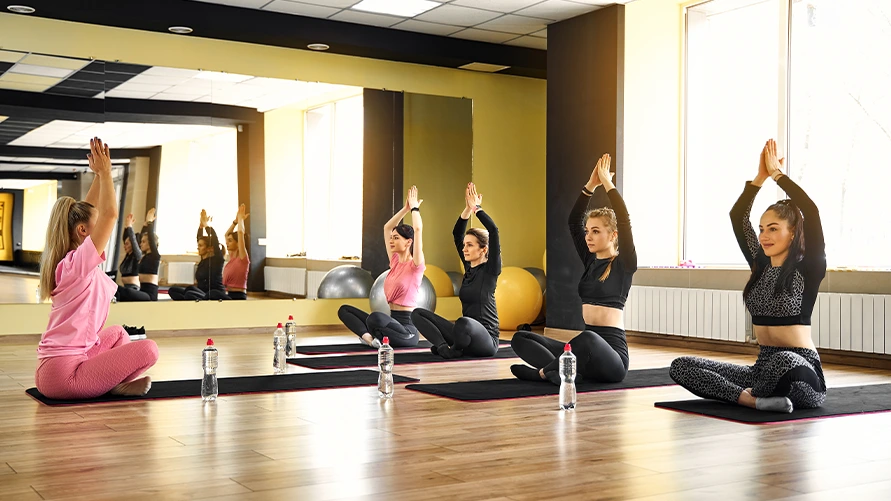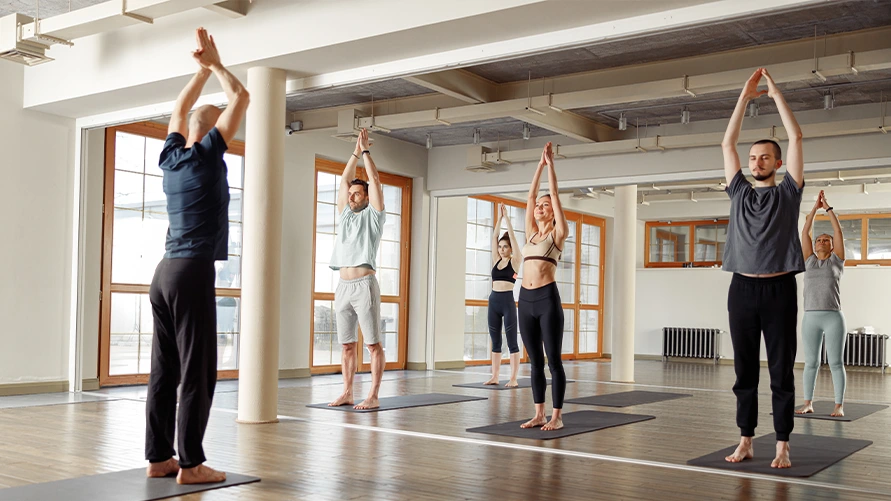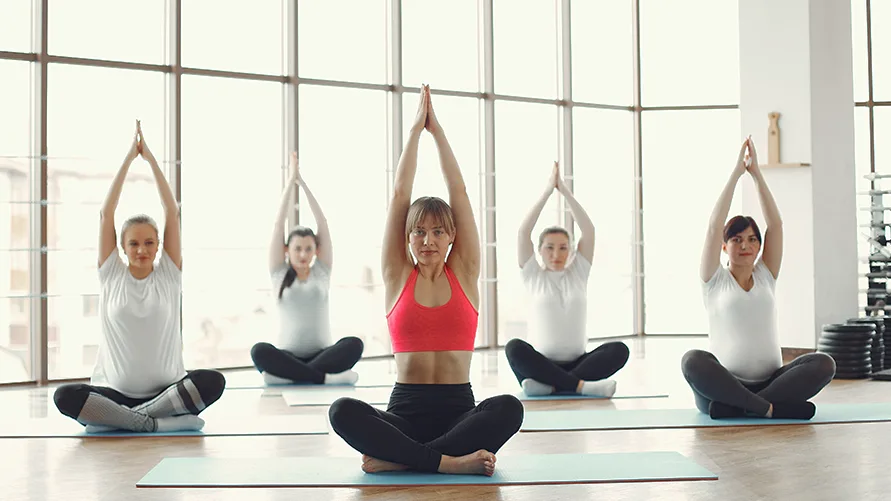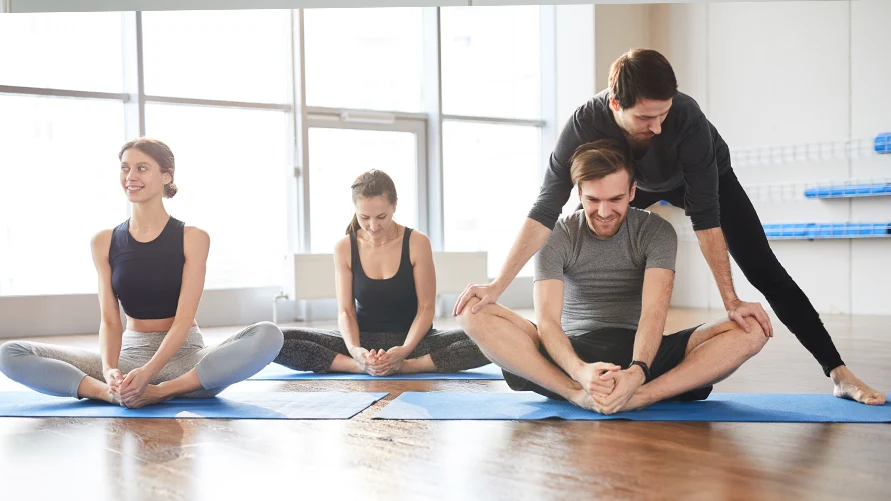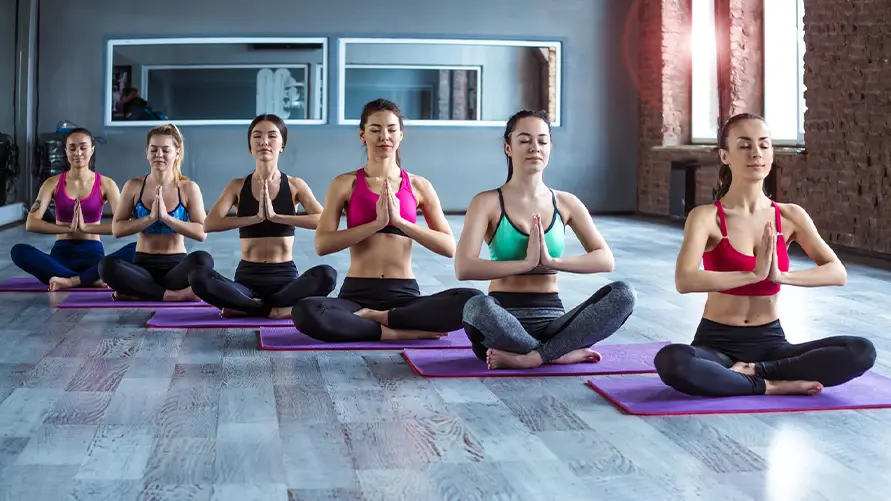Becoming a yoga instructor requires building a strong personal practice, completing formal Yoga Teacher Training (YTT). It also means you have to earn recognition through institutes like Yoga Alliance and develop the skills to guide students confidently. On average, it takes several months to a year to prepare and complete training, with ongoing learning for the rest of your career.
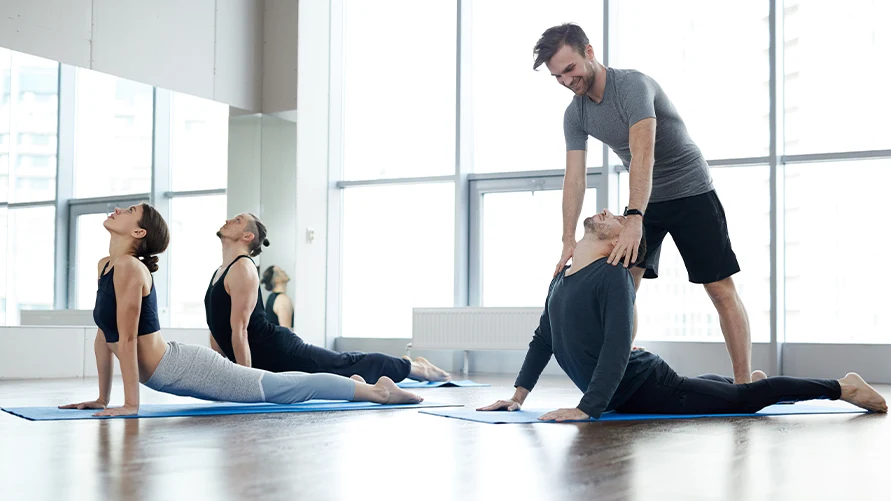
What qualifications do you need to teach yoga?
You don’t need a college degree to become a yoga instructor, but you do need a Yoga Teacher Training Certificate from a recognized school. The basic qualification is a 200-hour training program, often called YTT-200. This is considered the global standard for entry-level teachers.
After completing it, you can register as a Registered Yoga Teacher (RYT-200) with Yoga Alliance or similar organizations. While not legally required everywhere, these qualifications show students and studios that you have completed structured, accredited training.
With time and experience, many teachers move on to advanced qualifications such as YTT-300 or YTT-500, which allow for deeper study in anatomy, leadership, yoga philosophy, and specialized yoga practices. These higher-level certifications also strengthen your credibility and open more professional opportunities.
What is the role of Yoga Alliance?
Yoga Alliance is one of the largest international organizations that sets standards for yoga teacher training. If your training school is Yoga Alliance-registered, it means the curriculum meets specific global guidelines in areas like anatomy, teaching methodology, and yoga ethics.
After graduating, you can register with Yoga Alliance as an RYT. This registration gives you professional recognition, access to resources, continuing education opportunities and credibility when applying to teach at studios or gyms.
While not every country requires Yoga Alliance registration by law, many employers and students look for it as a sign of professionalism.
What does yoga teacher training include?
Yoga Teacher Training is much more than learning how to perform yoga poses. The curriculum is designed to prepare you as both a practitioner and an instructor. A standard 200-hour training includes:
- Yoga philosophy and ethics: Learning the history, traditions, and guiding principles of yoga.
- Anatomy and Physiology: Understanding how the human body moves and how to keep students safe.
- Asana (posture) practice: Mastering alignment, adjustments, and modifications for all levels.
- Pranayama and meditation: teaching the importance of breath and mindfulness.
- Teaching methodology: Sequencing classes, cueing, managing groups, and finding your teaching voice.
- Practicum: Real teaching practice where you lead classes under supervision.
This structured approach ensures you’re not just demonstrating postures but are truly guiding students with awareness and safety.
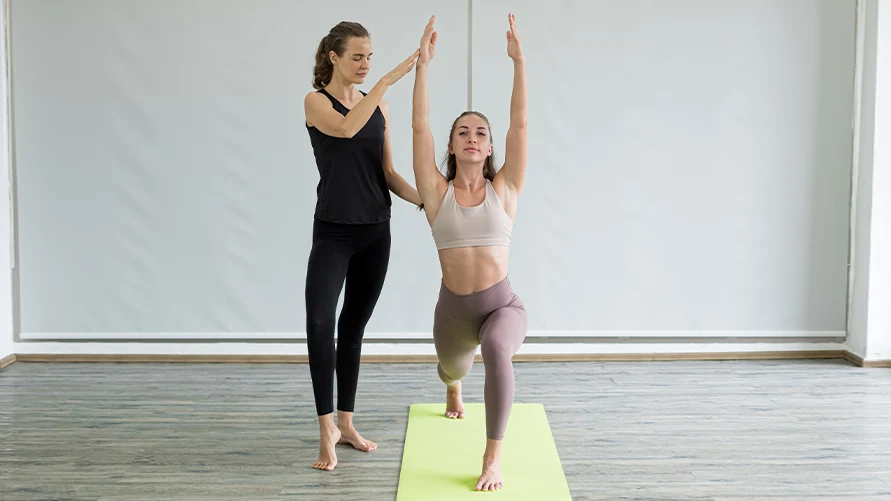
How long does it take to become a yoga instructor?
Well, the duration depends on the format of training. An intensive course can take 3 to 6 weeks, where you study full-time in a retreat-like environment. A part-time program may spread over 3 to 12 months, with weekend or evening classes for people who can’t commit to full-time study.
Beyond the course itself, most new teachers need a few months of real-world practice to gain confidence. So, from preparation to certification and teaching, the process can take at least six months to a year or even more. However, it depends upon the type of program: a mid to advanced-level training program, from a 500-hour to 900-hour program, can take a year or more.
How much does Yoga Teacher Training (YTT) cost?
The cost varies widely. A 200-hour program usually ranges from $1,500 to $5,000. A 500-hour program usually costs between 4,000–$8,000. A 900-hour YTT program is significantly more costly and advanced than a 200-hour program.
And if you choose to train abroad in places like India, Bali, or Thailand, costs can be lower, but you’ll need to budget for travel and living expenses.
Beyond tuition, expect additional expenses such as books, yoga props, insurance, and continuing education. Many instructors also invest in advanced training later to strengthen their skills and career prospects.
How do you choose the right yoga training school?
Choosing the right training school is one of the most important steps. Look for:
- Accreditation: Is it Yoga Alliance-registered or recognized by a similar body?
- Trainers: Do they have strong qualifications and teaching experience?
- Style: Does the school focus on Hatha, Vinyasa, Ashtanga, or a blended approach?
- Location and format: Do you prefer immersive retreat training or a local part-time course that fits your schedule?
The right and reputable school ensures that your certification is recognized worldwide and that you are trained with professional standards.
What comes after teacher training?
Completing YTT is just the start. Most teachers begin with small classes, community sessions, or even teaching friends before moving into studios or private work. This early stage is about building confidence, developing your teaching style, and learning how to adapt to different student needs.
Many teachers also pursue continuing education through specialized workshops, like prenatal yoga, yoga therapy, or trauma-informed yoga, which expands their skills and allows them to serve diverse groups of students.
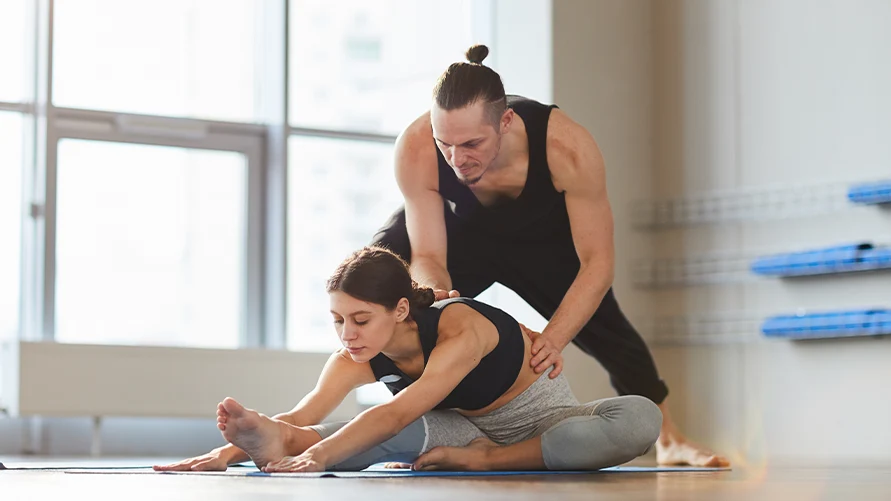
Is it worth becoming a yoga Instructor?
For anyone passionate about yoga, teaching can be a deeply fulfilling career. But it is important to understand the realities. Financially, it can take time to build a stable income. Emotionally, it requires resilience, patience, and the ability to hold space for others. Physically, it demands ongoing care for your own body.
What makes it worth it is the impact. As a yoga instructor, you help people improve their health, reduce stress, and find balance in their lives. That sense of contribution is what keeps most teachers devoted to the path long-term.
Final thoughts
To become a yoga instructor, you need dedication, the right training, and recognition through respected organizations like Yoga Alliance. A 200-hour yoga teacher training course gives you the foundation. And ongoing education helps you grow into a confident, skilled teacher.
Expect the journey to take several months of preparation and learning. And continued effort after certification to refine your teaching. While challenging, it is one of the most rewarding paths you can choose, blending personal passion with professional purpose. For a more yoga-focused side of business, try using yoga studio software. It manages and automates the admin side of business, so you can stay focused on teaching students and improving their posture and body balance.
